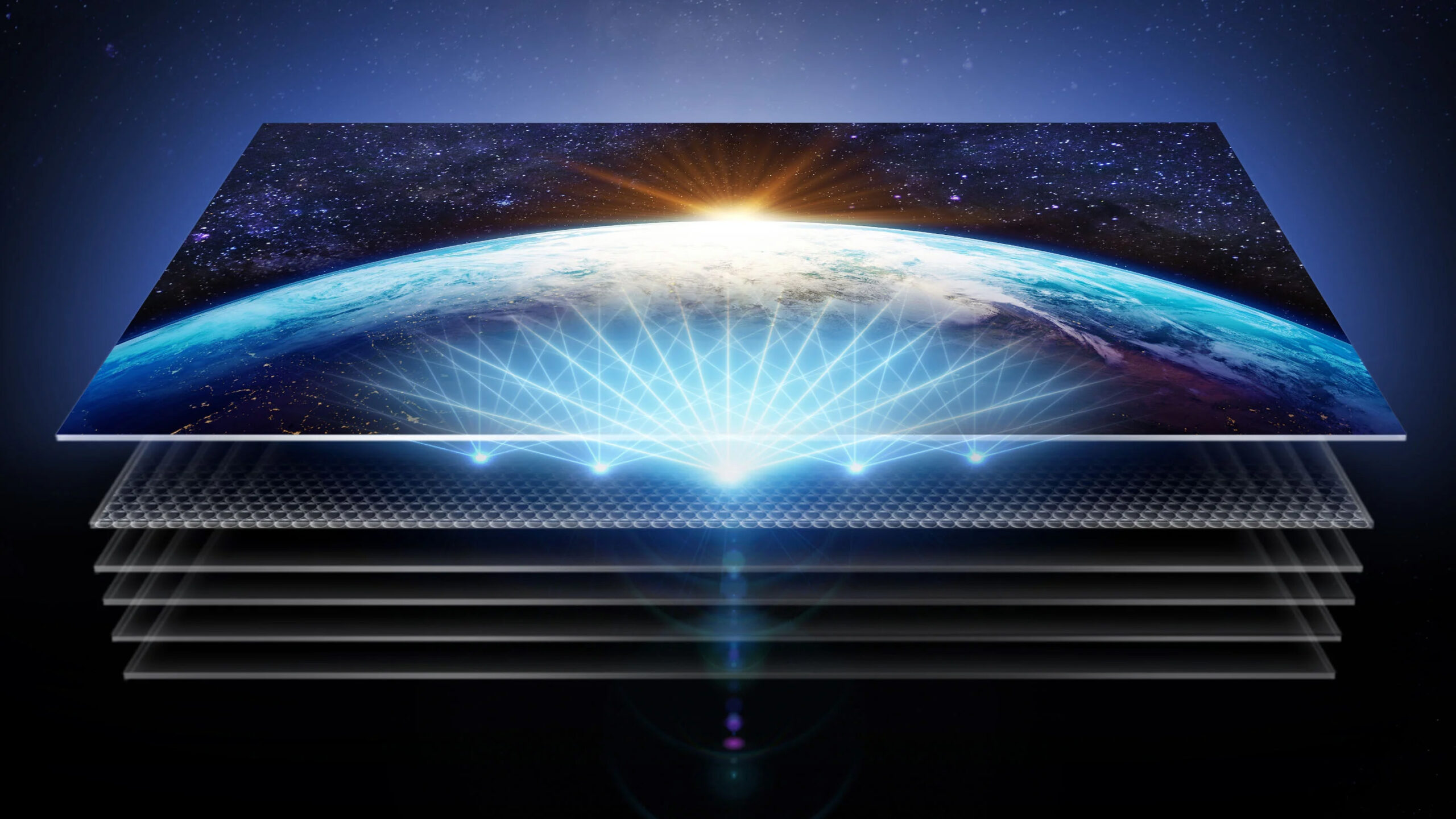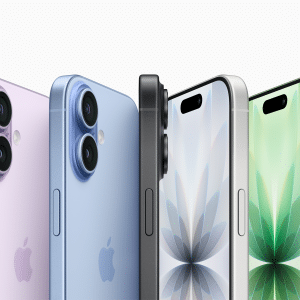MicroLED is a next-generation display technology that offers superior brightness, deeper blacks, and enhanced power efficiency compared to OLED displays. Unlike OLED, which requires a backlight to function, microLEDs are self-emissive, meaning that each pixel can emit its own light. This leads to sharper contrast ratios and a more power-efficient display, making it ideal for devices like smartwatches, smartphones, and AR glasses.
For Apple, microLED represents the next frontier in display innovation. The company has invested heavily in research and development, aiming to make this technology a defining feature of its premium product lines. According to industry experts, Apple’s transition from LCD to OLED was significant, but moving to microLED could offer an even greater leap in terms of display quality and efficiency.
Recent Setbacks in microLED Development
While Apple has been at the forefront of adopting new display technologies, the transition to microLED has not been without its hurdles. Initial reports suggested that the Apple Watch Ultra would be the first product to feature microLED as early as 2025. However, challenges related to the cost of production, supply chain issues, and difficulties in scaling the technology have pushed the timeline back.
One of the key challenges Apple faces is the difficulty of producing microLED displays at scale without defects. The precision required for manufacturing these displays, particularly for small devices like smartwatches, has resulted in high production costs and low yield rates. Suppliers like LG and Osram, who were initially involved in the project, encountered difficulties in meeting Apple’s rigorous standards.
Despite these obstacles, Apple is now exploring new partnerships with companies like AU Optronics and PlayNitride, which specialize in microLED technology. These companies are expected to help Apple overcome the current production bottlenecks by introducing new manufacturing techniques and technologies that can meet the demand for mass production.
Why Apple Won’t Abandon microLED
Given the setbacks, some analysts speculated that Apple might abandon microLED technology altogether. However, Apple’s track record in display innovation suggests otherwise. Historically, the company has been patient with emerging technologies, often taking years to perfect them before introducing them to the market. Apple’s shift from LCD to OLED, for example, took several years of development before it became a standard feature in iPhones.
Similarly, Apple’s commitment to microLED is seen as a long-term investment. The company is not only focused on the Apple Watch Ultra but also has plans to use microLED in future AR glasses and potentially even in its Vision Pro devices. These applications would benefit from microLED’s advantages, such as its ability to provide high resolution, better color accuracy, and improved power efficiency—key features for augmented reality and wearable devices.
The Long-Term Vision for microLED
Looking ahead, microLED is expected to become a cornerstone of Apple’s display technology across multiple product lines. By 2026, Apple plans to introduce the first Apple Watch Ultra with a microLED display. This would offer users a significant upgrade in terms of brightness, battery life, and outdoor visibility—areas where current OLED technology still falls short. The company also sees potential for using microLED in AR glasses, which will require high-resolution displays for immersive augmented reality experiences.
In the long run, Apple’s investment in microLED could extend to other devices, including future versions of the iPhone and iPad, as the technology becomes more affordable and scalable. As Apple refines its supply chain and production methods, it is likely that microLED will eventually replace OLED as the go-to display technology for many of its high-end products.
What are your thoughts? Let us know on X!












